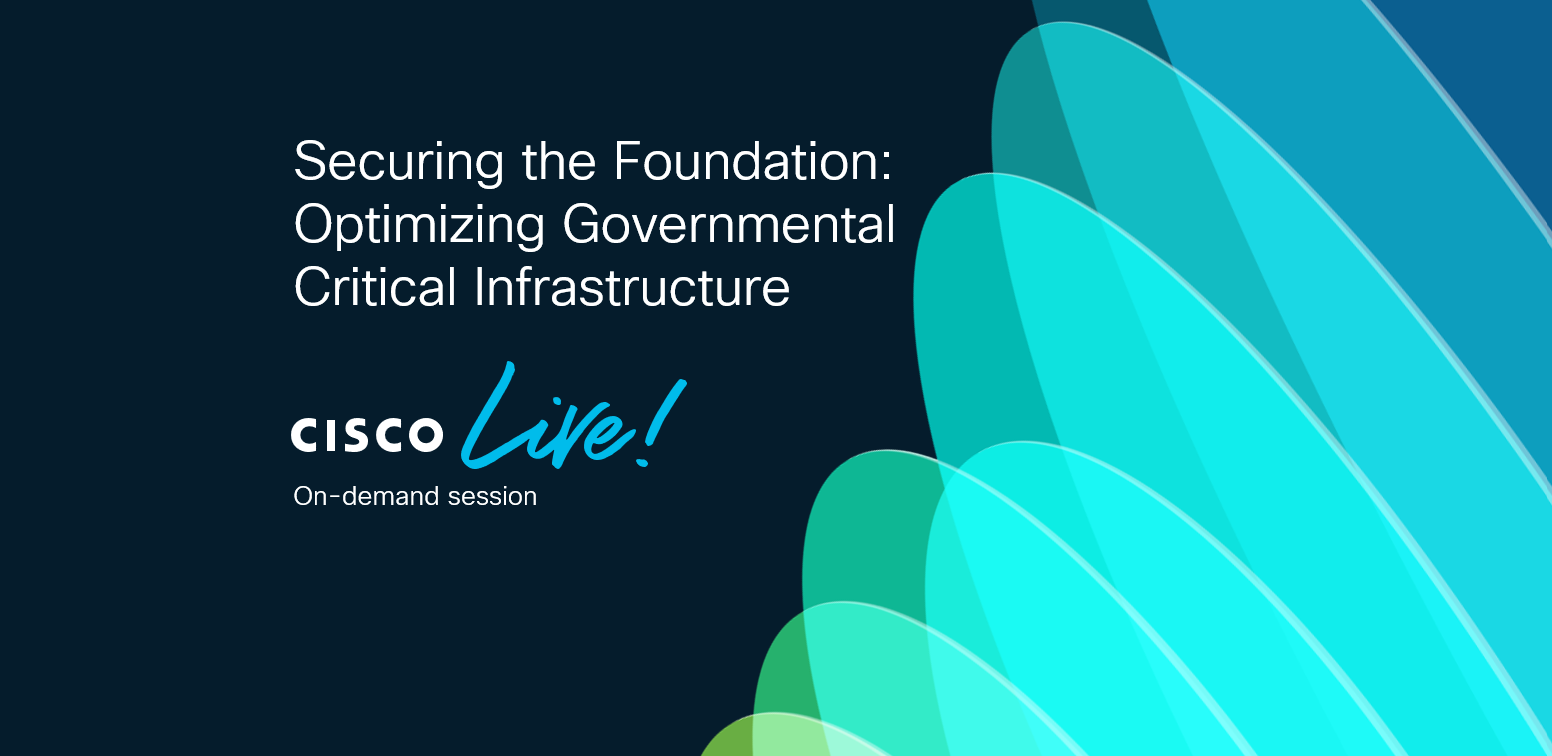- Your iPad is getting a major upgrade for free. 4 top features I can't wait to try in iPadOS 26
- Your MacBook is getting a big upgrade. 5 best features I can't wait to use in MacOS 26
- The Growing Threat of AI-powered Cyberattacks in 2025
- I test tablets for a living and this is the Samsung tablet I recommend the most
- The Cost of Ignoring Patches: How State and Local Governments Can Mitigate Damaging Security Breaches
Securing the Foundation: Optimizing Governmental Critical Infrastructure

How do you achieve operational and security resiliency?
To successfully leverage the ongoing digital transformation to deliver resiliency, a holistic architectural approach is critical, and we need to think of end-to-end optimization from a risk management perspective. This helps ensure resiliency for the mission and business outcomes of our government, public sector, and critical infrastructure organizations. In addition, enterprise visibility is essential for operational optimization and enterprise security, as is the need to align IT and OT together to deliver mission and business resiliency.
End-to-End Optimization
The digital revolution that is currently underway represents a fundamental shift in how government agencies operate and deliver services. A comprehensive approach that considers every aspect of the organization’s mission and business critical operations is required to optimize this transformation. This end-to-end architectural approach should encompass all layers of the technology stack, from infrastructure to applications, from data management to user interfaces, and the interconnections between these layers.
Aligning IT and OT for Resiliency
The convergence of Information Technology (IT) and Operational Technology (OT) is critical to modernizing and optimizing government services. Aligning IT and OT can lead to improved operational performance, better resource management, and enhanced decision-making capabilities. However, this alignment also introduces new challenges, particularly in cybersecurity. OT systems, which may control critical infrastructure, were often not designed with cyber threats in mind. As these systems become more connected to IT networks, they become more vulnerable to attacks. Therefore, it’s essential to implement security measures appropriate for this increasingly integrated IT-OT environment.
Delivering Mission and Business Resiliency
Ultimately, aligning IT and OT, optimizing operations, and embedding risk management aims to deliver resilient mission and business outcomes. For government clients, this means maintaining essential services and fulfilling their mission, even in the face of challenges such as cyberattacks, natural disasters, or other crises. Achieving this level of resiliency requires ongoing efforts to assess risks, update technologies, train personnel, and refine strategies to respond to an ever-evolving threat landscape.
Summary
The ongoing digital transformation in the government sector demands a comprehensive approach that considers the entire system architecture. By focusing on end-to-end optimization through a risk management lens, ensuring enterprise-wide visibility, and aligning IT and OT systems, government agencies can enhance their operational efficiency, strengthen their security posture, and ultimately deliver resilient mission and business outcomes to the public they serve.
Catch the replay
If you want to learn more, check out our session from Cisco Live 2024 below. In it, we discussed how to transform government with a secure, resilient digital architecture that optimizes end-to-end operations and unites IT and OT.
To learn more about the use cases and architectures that are making a difference for Government,
explore the Portfolio Explorer for Government
Share:

